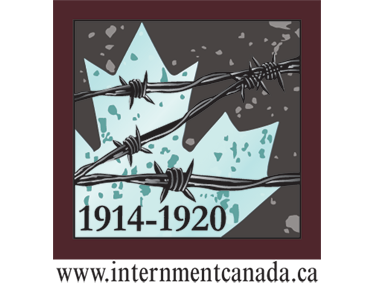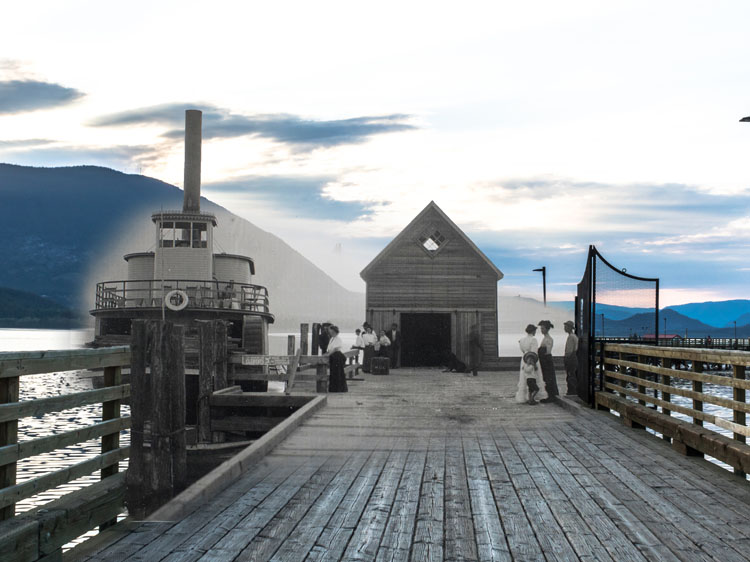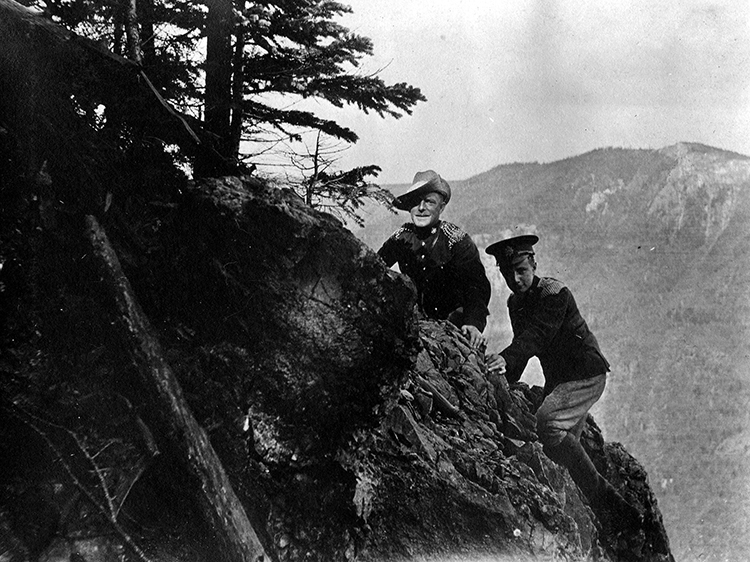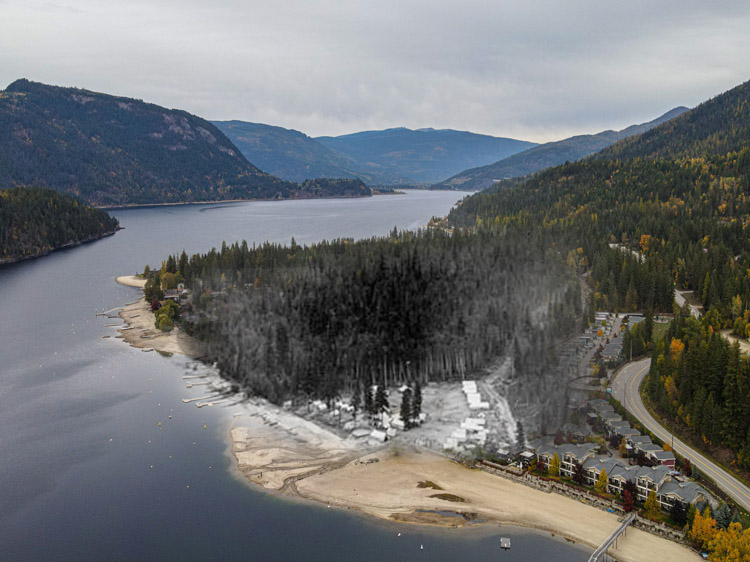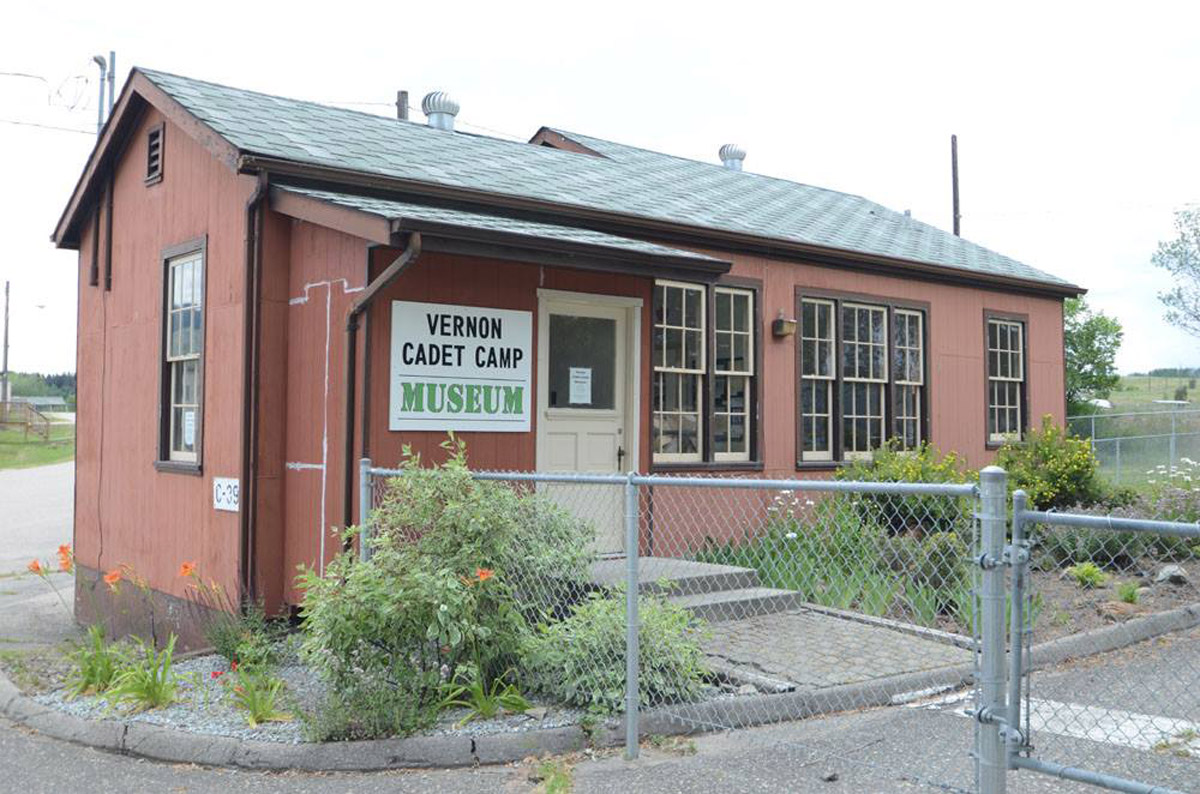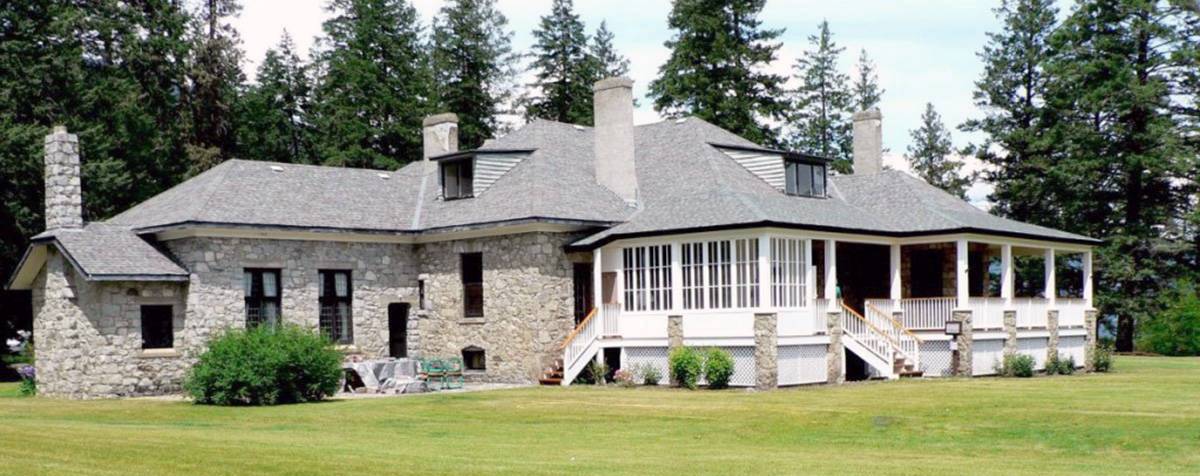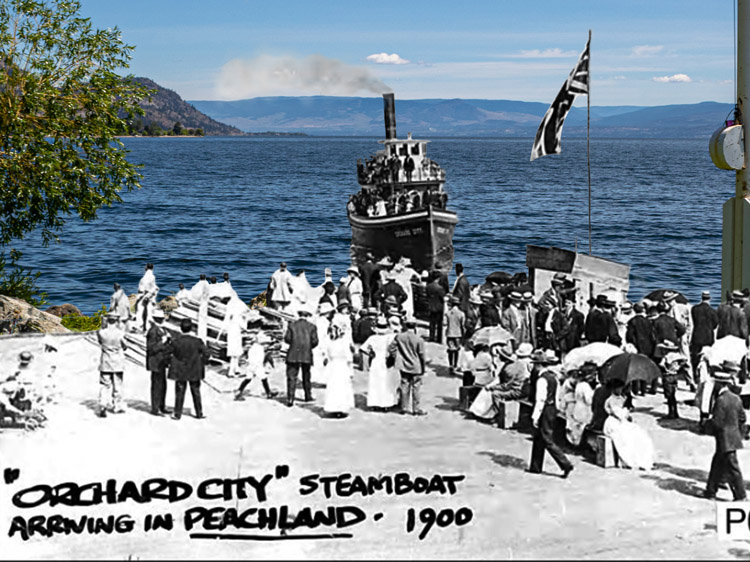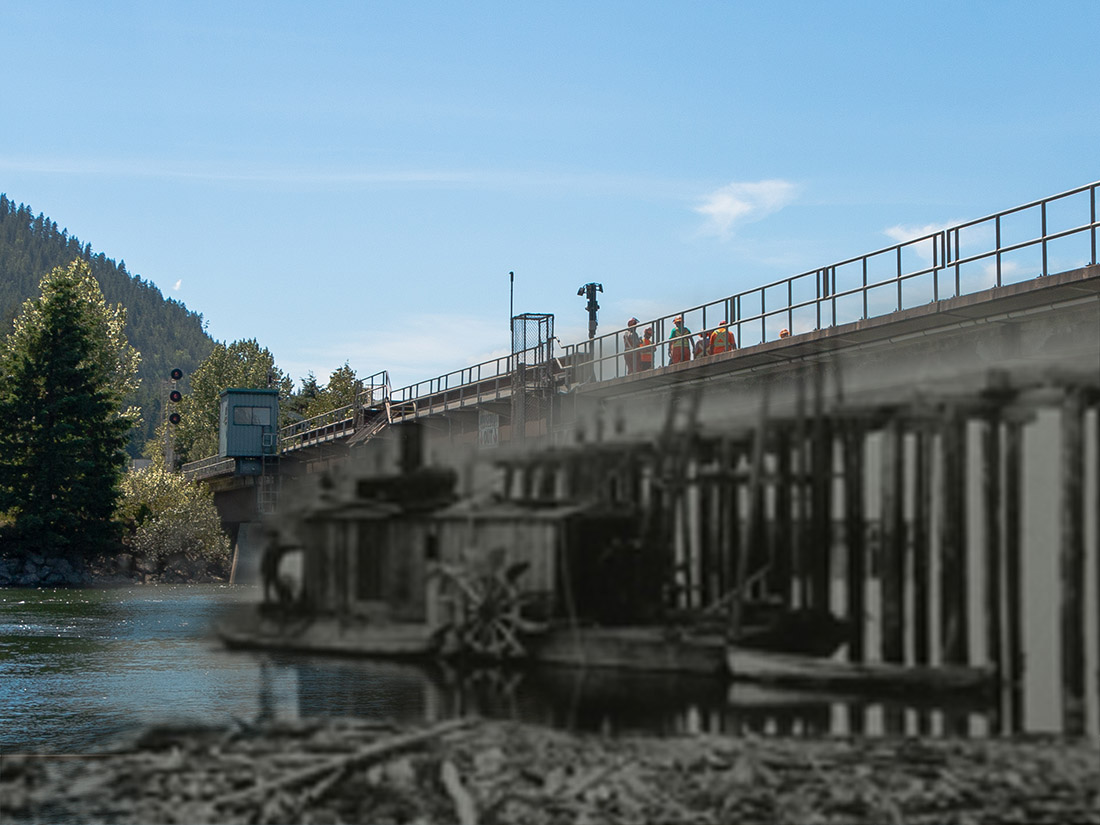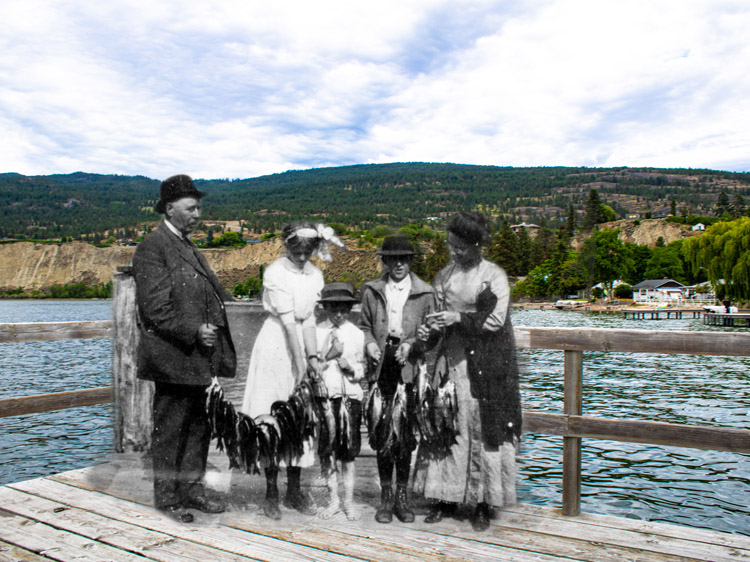The land upon which Vernon was built has been home to the Syilx Okanagan people for thousands of years. European settlement first began in the early 1800s, with a steady influx of fur traders, missionaries, miners, and ranchers. By 1885, enough Europeans had settled in the region that a townsite was laid out, and shortly thereafter the community was officially named Vernon, after an early rancher. With the arrival of a railway line in 1891, the town grew much more quickly and was incorporated as a city. By the outbreak of the First World War, Vernon was prospering. It was also home to an important militia unit: the Okanagan Mounted Rifles.
Soon after the war started, the federal government designated Vernon as the site of a large internment camp for so-called "enemy aliens." This camp was established on the grounds of the asylum, on what we today know as Macdonald Park.
<<
This project has been made possible by a grant from the Endowment Council of the Canadian First World War Internment Recognition Fund.
We respectfully acknowledge that Vernon is located on the traditional and unceded territory of the Syilx Okanagan people.
Donate Now
If you enjoyed this free content, we ask you to consider making a donation to the Canada-Ukraine Foundation, which is providing urgently needed humanitarian aid to Ukraine.
The Ukrainian people are heroically defending their homeland against a genocidal war of Russian aggression. The humanitarian situation is critical and the needs immense. 100% of all donations made through this link go directly to supporting the people of Ukraine. Recently funded initiatives by the Canada-Ukraine Foundation include demining and removal of unexploded ordnance, and the evacuation of thousands of deaf people from the warzone.
Walking Tours
Buried at Pleasant Valley
Remembering the Victims of Internment
An Abuse of Power
Vernon's Internment Camp
Explore
Vernon
Then and Now Photos
Internees on Parade
1914-1918
An audience watches internees in white summer clothes on parade during an afternoon of diversions at Vernon's Internment Camp.
Internee Families
1915-1920
Several families of internees, including a number of young children, pose for a photo in the first-class section of the camp.
Wind Mill
Library and Archives Canada 3379299
1914-1916
Several internees, including a couple men, women, a child, and a dog, pose for a photo beside a pole that has been fitted with an ornamental windmill. The internees had a lot of time for woodworking in the Vernon camp.
Children at Play
1915-1920
A group of interned children are photographed at the moment of the start of a footrace.
The Asylum in Winter
Vancouver Archives AM54-S4-2-: CVA 371-2192
ca. 1915
A side view of the old asylum building during winter months.





